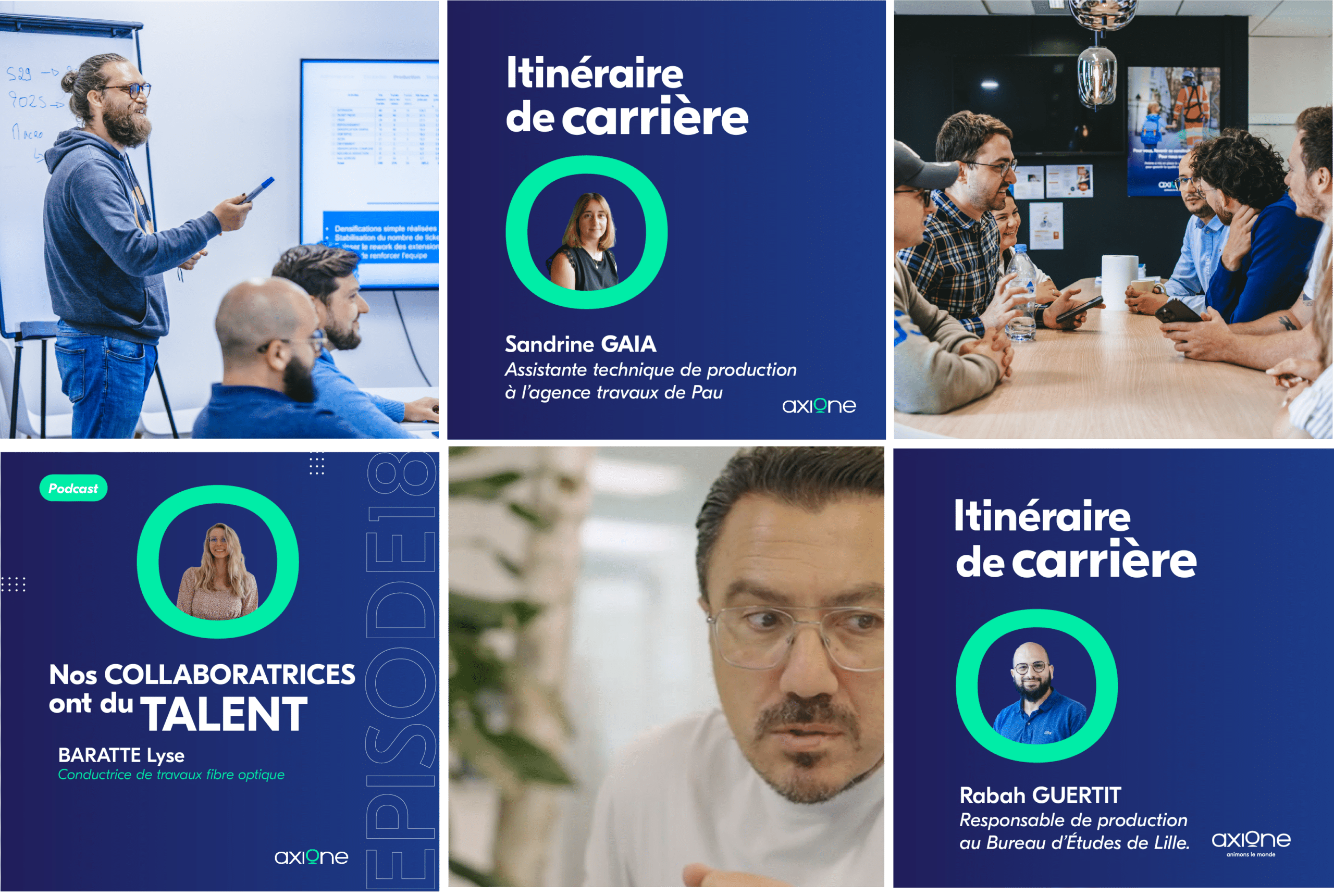Nos actualités
date de publication
Continuité de service, réactivité, résilience : Axione renforce son positionnement d’opérateur d’infrastructure de confiance
date de publication
Axione repense la connectivité du réseau de transport à Toulouse, avec un projet innovant de couverture 4G et WiFi
date de publication
Fin du déploiement de la fibre optique en Loire-Atlantique
date de publication
Le consortium FireTracking, Emerton Data et Axione, déploie sa solution d’intelligence artificielle pour détecter les feux de forêt en Indre-et-Loire
date de publication
Objectif 100% fibre : ADTIM FTTH au cœur d’un projet ambitieux
date de publication
Zoom sur les garanties de service
date de publication
Axione s’engage pour un avenir durable aux côtés du Shift Project : zoom sur le projet Atlas 2050
date de publication
Le Data Center Sartera récompensé : une nouvelle étape pour l’innovation numérique en Sarthe
date de publication
Retour sur l’UTNT 2024 : Axione au service des territoires connectés et durables
date de publication
